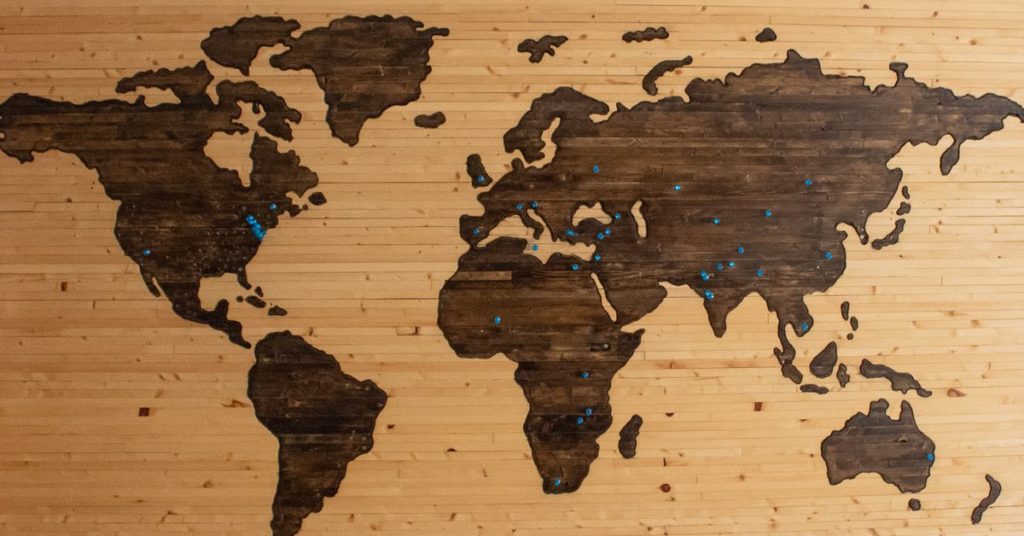There’s at least one industry where the United States now has China beat: bitcoin mining.
After Beijing’s crackdown on crypto in September, the U.S. took the reins as the leading location for bitcoin mining, according to data compiled by the Cambridge Centre for Alternative Finance and released last week. Just two years ago, China accounted for three-quarters of all of bitcoin’s total hashrate (the computational power used to mine bitcoin), while the U.S. contributed a scant 4%. As of August, China’s bitcoin miners were gone, while the Americans were responsible for 35%.
You’re reading Crypto Long & Short, our weekly newsletter featuring insights, news and analysis for the professional investor. Sign up here to get it in your inbox every Sunday.
A recurring criticism of bitcoin mining in the past was that so much of it came from
China. So long as that was the case, the more extreme arguments said, the Chinese government could somehow pressure miners to do its bidding. Whether that was the case is now moot because that government rescinded any opportunity to do so by kicking its miners out of the country.
Adding Kazakhstan’s 18% with the U.S.’s 35% means that more than half of all bitcoin mining is happening in just two countries. That may seem like bitcoin is pretty much as concentrated as it was when China was the dominant player, but one index is showing that concentration has declined significantly with China’s exit.
Let’s get HHI
The Herfindahl–Hirschman Index (HHI) is often used by the U.S. Department of Justice and the Federal Trade Commission to determine the concentration of an industry. The higher the index, the more control of that industry is in the hands of a few players. It’s calculated by adding up the squares of an individual company’s market share (after multiplying each by 100). Doing so amplifies the weight of those firms with larger market shares.
The DOJ puts markets into three buckets based on their HHI score:
Unconcentrated Markets: HHI below 1,500Moderately Concentrated Markets: HHI between 1,500 and 2,500Highly Concentrated Markets: HHI above 2,500
The regulators use this as a tool to determine whether to greenlight a merger or acquisition. If combining the two companies would raise the HHI by more than 100 points in a moderately concentrated market, that could raise red flags. Doing so in a highly concentrated market significantly decreases the chances such an M&A deal will go through.
Using it for countries? Are you HHI?
HHI is generally used to look at companies in an industry. Applying it to country market share isn’t quite the same thing. After all, within each country many firms could be vigorously competing for their tiny slivers of the overall market share. And one firm could have facilities in multiple countries, making this even more an apples-to-oranges comparison.
Nonetheless, coming up with an HHI figure for how concentrated bitcoin mining is by country does give some insight into whether bitcoin mining is as diversified as it should be if it’s to survive the whims of any one government’s capriciousness.

As it turns out, the market as it pertains to hashrate after China’s crackdown is now down to “moderately concentrated,” down from “highly concentrated,” if one were to use the DOJ’s measures.
Back in September 2019, the HHI using just the top nine countries was an astounding 5,774 because China’s share was 76%. A year later, it was down to 4,637, with China’s share falling to 67%. While lower, that is still a number that would make a trustbuster apoplectic.
Interestingly, a major falloff happened in Q3 of 2020. That’s when China made it harder for miners to use over-the-counter trading desks to sell their product. In November of that year, China’s share of hashrate fell to 56% and the HHI of the top nine countries hit 3,306. Again, that’s still highly concentrated.
Yet, now with China out of the picture – at least on paper (”While there are certainly ongoing covert mining operations in China, those would have to be small-scale to avoid scrutiny,” tweeted CCAF’s Michel Rauch) – the HHI has fallen to “moderately concentrated” territory. The top nine countries produced an HHI of 1,871 in August, based on the most recent data available.
For those who wonder about the rest of the world besides the top nine, their hashrate in total never amounted to more than 9.4% (and that was in August), contributing just 89 points at the most if one were to lump them all together.
Regardless of one’s political uneasiness about any one country potentially controlling bitcoin mining, bitcoin proponents should at the very least cheer any reduction in concentration. After all, if bitcoin’s promise was to make finance decentralized, that should include mining, too.






